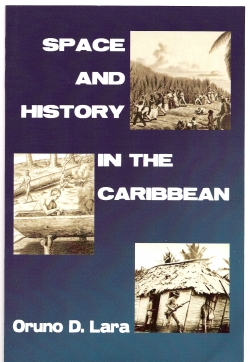
Oruno D. Lara explains the history of the Caribbean as a history of exploitation.
From Christopher Columbus to the modern vacationer, outside observers have looked upon the Caribbean as a paradise on earth. However, behind the images of sea, sun, sand, and sex are the scars of a troubled history. Lara presents the story of territories and populations subdued over the past five centuries by a brutal system of social and economic exploitation — a painful heritage shared by generations of Caribbeans. Poets and novelists from the Caribbean sometimes evoke the image of the “Medusa of History,” who freezes time and perpetuates the cycle of oppression. Slavery was eventually phased out, but it was replaced by indentured labor. The international drug trade brought a crime wave to the area not seen since the time of the pirates. Early forms of globalization brought the mono cultures of sugar and banana plantations; the modern version results in tourist ghettos, sweatshops, and “brain drain.” Lara points out that the greater Caribbean was geographically, climatically, and strategically well situated for exploitation by commercial powers. He uses a geohistorical approach to describe its history and current situation, and is critical of traditional academic studies by other established scholars as well as by international organizations. This book is a refreshing, impassioned introduction, enhanced by the local knowledge of the author, a native of the region. It is a voyage through the history, archeology, economy, culture, and multidimensional complexity of the Caribbean.
